Precision Engineering Stud Carbon Stainless Steel Studs with Surface Finish Options
Precision Engineering Stud Carbon Stainless Steel Studs with Surface Finish Options
- الوصف
- مراجعات (0)
الوصف
What is an Engineering Stud?
An Engineering Stud is a precision fastener designed to provide a strong, threaded connection between components. Unlike standard bolts or screws, studs are threaded on both ends (or fully threaded) and typically secured with nuts on one or both sides. They are used in high-stress applications where disassembly, alignment, or thermal expansion requires a reliable and reusable threaded joint.
Specifications of Engineering Studs
1. Material
Carbon Steel (Grade 4.8, 8.8, 10.9) – High strength for general engineering applications.
Stainless Steel (A2/AISI 304, A4/AISI 316) – Corrosion-resistant for harsh environments.
Alloy Steel (4140, 4340) – Heat-treated for extreme mechanical stress.
Brass/Bronze – Used in electrical or marine applications for corrosion resistance.
Titanium – Lightweight and high strength for aerospace applications.
2. Surface Treatment
Zinc Plating (Electro or Hot-Dip Galvanized) – Basic corrosion protection.
Black Oxide – Improves wear resistance and reduces glare.
Nickel or Chrome Plating – Enhances corrosion resistance and aesthetic appeal.
PTFE (Teflon) Coating – Reduces friction and provides chemical resistance.
Dacromet/Geomet Coating – High corrosion resistance for automotive and industrial use.
3. Common Sizes & Standards
Thread Types: Metric (M6, M8, M10, etc.), UNC/UNF (¼”-20, ⅜”-16, etc.), BSW/BSF.
Length: Ranges from 20mm to 500mm, depending on application.
Thread Configuration:
Double-End Stud (Threaded on both ends, unthreaded in the middle).
Fully Threaded Stud (Continuous threading along the entire length).
Tap-End Stud (One end threaded, one end designed for welding or pressing).
Applications of Engineering Studs
السيارات: Engine blocks, cylinder heads, exhaust manifolds.
Aerospace: Structural assemblies, turbine mounts.
Industrial Machinery: Heavy equipment, hydraulic systems, pumps.
Construction: Steel frameworks, anchor bolts.
الإلكترونيات: Heat sinks, PCB mounting.
Marine/Offshore: Corrosion-resistant fastening in saltwater environments.
Excellent Case: Turbocharger Assembly in Automotive Engines
Scenario
A high-performance turbocharged engine requires a secure connection between the exhaust manifold and turbocharger housing. Standard bolts often fail due to extreme heat cycling (up to 900°C) and vibration, leading to leaks or component detachment.
Solution
Stud Selection:
Material: Heat-resistant Stainless Steel (AISI 321) or Inconel 718 for extreme temperatures.
Thread Type: M10x1.5 Fully Threaded Stud for uniform load distribution.
Surface Treatment: Dacromet Coating to prevent corrosion and galling.
Installation Process:
The stud is threaded into the cylinder head using a thread locker (e.g., high-temperature Loctite).
The turbocharger flange is aligned and secured with high-strength nuts (e.g., Grade 10).
Torqued to precise specifications to prevent loosening under vibration.
Result
Eliminates thermal fatigue failures due to the stud’s ability to expand/contract with heat cycles.
Reduces maintenance downtime – Studs remain intact even after multiple disassemblies.
Improves sealing performance by maintaining consistent clamping force.
Why It’s Ideal
Double-ended threading allows for easier alignment during turbocharger installation.
Superior to bolts because studs distribute stress more evenly and resist shear forces better.
Conclusion
Engineering studs are critical in high-performance applications where durability, precision, and thermal stability are required. The turbocharger case demonstrates how studs outperform bolts in extreme conditions, making them indispensable in automotive, aerospace, and heavy machinery industries.










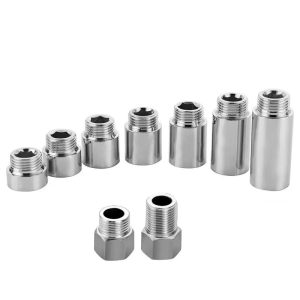
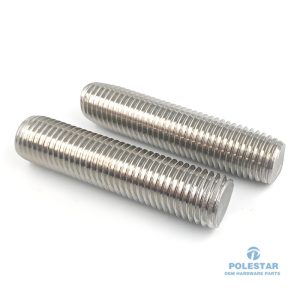
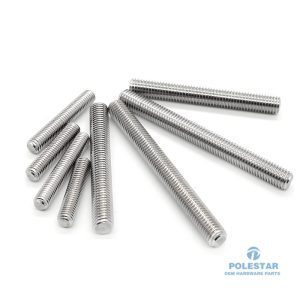


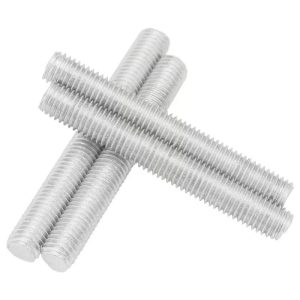
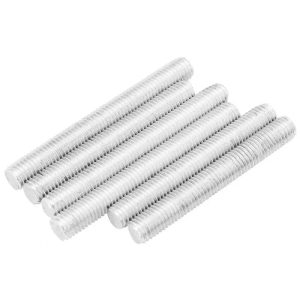
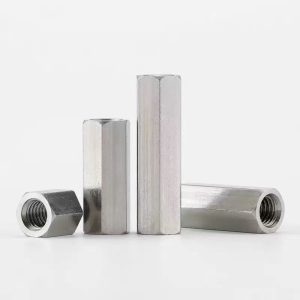
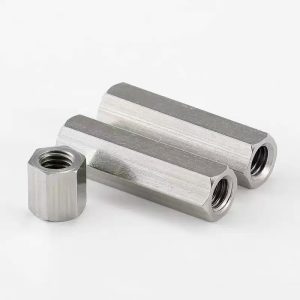
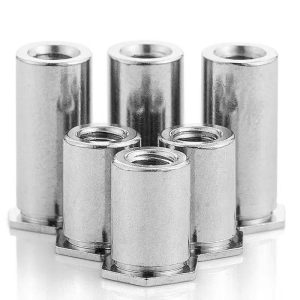
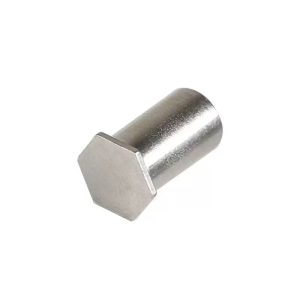

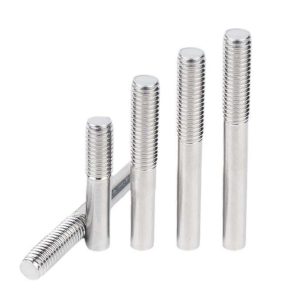




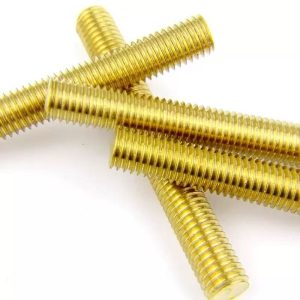
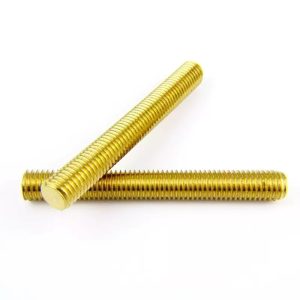
المراجعات
لا توجد مراجعات بعد.